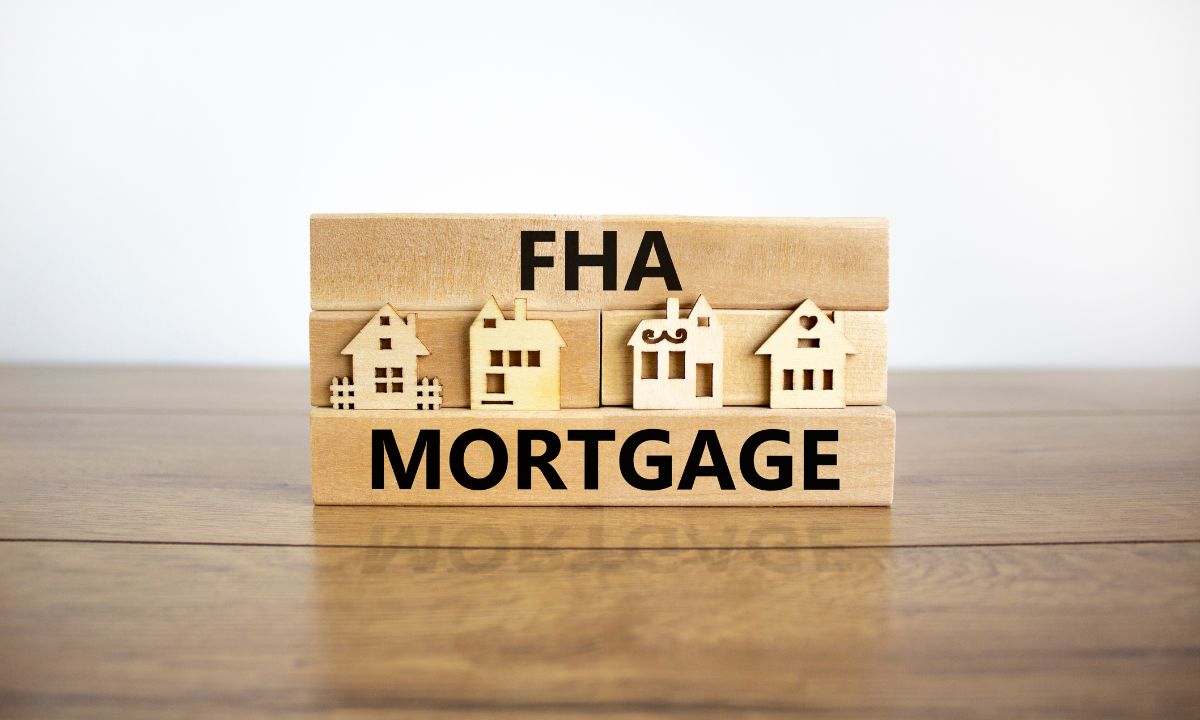 Owning a home is a milestone that goes beyond providing a roof over your head. It’s one of the most significant ways individuals can build wealth over time. Unlike renting, homeownership offers financial and personal rewards that grow with time and care. Let’s discuss five ways owning a home can help build long-term wealth.
Owning a home is a milestone that goes beyond providing a roof over your head. It’s one of the most significant ways individuals can build wealth over time. Unlike renting, homeownership offers financial and personal rewards that grow with time and care. Let’s discuss five ways owning a home can help build long-term wealth.
1. Appreciation Over Time
Real estate historically appreciates in value. While market fluctuations can happen, home prices generally trend upward over the long term. For example, a home purchased for $250,000 today might be worth significantly more 10-20 years later. This appreciation creates equity, which is the difference between the home’s market value and the remaining mortgage balance. Over time, this equity can be a substantial financial asset.
2. Forced Savings Through Mortgage Payments
Unlike rent, which doesn’t build any ownership, each mortgage payment chips away at your loan balance. This process builds equity in your home—a form of forced savings. Over time, you’re essentially transferring money from your pocket into a growing asset. When you eventually sell or refinance, this equity becomes available, providing a solid financial boost.
3. Tax Benefits
Homeownership often comes with significant tax advantages. Mortgage interest and property tax payments are typically deductible on federal tax returns, reducing your taxable income. Some states offer additional tax incentives for homeowners. These deductions can save you thousands of dollars annually, leaving more money in your pocket to invest, save, or use for other financial goals.
4. Rental Income Potential
Owning a home opens the door to passive income opportunities, such as renting out a portion of your property or transforming it into a vacation rental. Whether it’s a spare room or a fully independent unit, rental income can cover your mortgage payments or fund other investments, further enhancing your wealth-building journey.
5. Stability and Wealth Preservation
Homeownership provides financial stability and a hedge against inflation. Rent prices tend to increase over time, while a fixed-rate mortgage payment remains consistent. As your income grows, your housing expense becomes a smaller portion of your budget, leaving more room for savings and investments. Additionally, owning a home gives you control over your property, eliminating the risk of being forced to move due to a landlord’s decisions.
The Long-Term Impact of Homeownership
Owning a home is more than just a personal achievement; it’s a steppingstone to financial security. By building equity, benefiting from tax advantages, and potentially generating rental income, homeowners create wealth that can be passed down through generations. It’s an investment in both your present comfort and your future prosperity.
If you’re considering buying a home, start by understanding your financial goals and exploring mortgage options that fit your needs. The path to homeownership might seem challenging, but the long-term rewards are worth it.
 As the holiday season surrounds us with its warmth and cheer, we reflect on the incredible connections we’ve made this year. To our valued clients, whether we’ve worked together already or you’re considering partnering with us—thank you for trusting us to be part of your journey.
As the holiday season surrounds us with its warmth and cheer, we reflect on the incredible connections we’ve made this year. To our valued clients, whether we’ve worked together already or you’re considering partnering with us—thank you for trusting us to be part of your journey. If you’re in the market to buy a duplex or similar multi-unit property, you may be wondering whether you can use an FHA loan to finance your purchase. FHA loans are well-known for helping first-time homebuyers, but they can also be used to purchase duplexes. Here’s everything you need to know about FHA loans, how they work, and whether they’re a good fit for your homebuying plans.
If you’re in the market to buy a duplex or similar multi-unit property, you may be wondering whether you can use an FHA loan to finance your purchase. FHA loans are well-known for helping first-time homebuyers, but they can also be used to purchase duplexes. Here’s everything you need to know about FHA loans, how they work, and whether they’re a good fit for your homebuying plans.
 Purchasing your first home is an exciting milestone, but it can also feel overwhelming without a clear plan. With so many moving parts, from financial prep to evaluating potential homes, having a comprehensive checklist can help simplify the process. Here’s everything you need to consider to make your home-buying journey smoother and more successful:
Purchasing your first home is an exciting milestone, but it can also feel overwhelming without a clear plan. With so many moving parts, from financial prep to evaluating potential homes, having a comprehensive checklist can help simplify the process. Here’s everything you need to consider to make your home-buying journey smoother and more successful: For many younger individuals, especially those in Gen Z, the dream of owning a home can feel distant amid rising home prices, mortgage rates, and inflation. With these challenges, it’s easy to wonder if homeownership is truly within reach. While the current housing market may seem daunting, it’s important to know that it’s still possible to become a homeowner with the right strategies and support. With professional guidance, you can navigate the obstacles and achieve your goal of owning a home.
For many younger individuals, especially those in Gen Z, the dream of owning a home can feel distant amid rising home prices, mortgage rates, and inflation. With these challenges, it’s easy to wonder if homeownership is truly within reach. While the current housing market may seem daunting, it’s important to know that it’s still possible to become a homeowner with the right strategies and support. With professional guidance, you can navigate the obstacles and achieve your goal of owning a home.